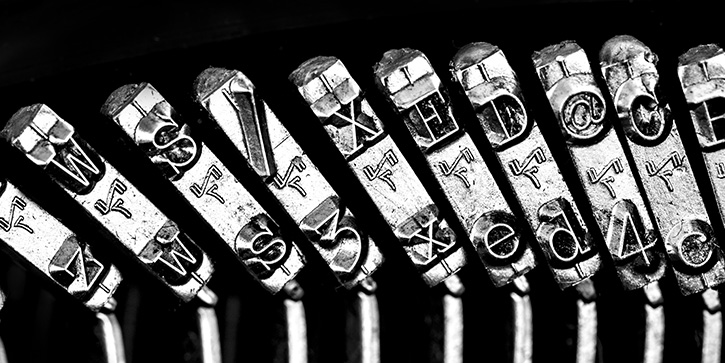SHORT TAKES
Contact Martha for ideas about writing and funding strategy.P: 617.803.8285
E: mk@marthakurz.dev.cc
Listening
Writing creatively can enliven the seemingly endless parade of proposals, strategic plans, and other documents we prepare for donors; spark curiosity among your readers; and help secure commitment to your programs. Yet much of the material we rely on to write appeals for funding is tired, recycled, or, let’s face it, uninspired. We might feel stuck, while our documents lack the energy, spontaneity, and cleverness needed for an energetic and exciting pitch.
I’m learning that by listening closely to what’s going on around me, I discover new ideas that animate lively, informative, and relevant documents. For example:
Media
Current events, from everyday news to stories with consequential impact can be relevant to our communications. News from trusted sources provides context and clues about the future and can help us write compassionately about people and communities and how we can respond.
Leadership
Listen to how your CEO and board members talk about your organization, why it matters, and how it helps. People in leadership ponder matters of utmost importance to society. Incorporate their words into your language to deepen understanding of the plans and passion that drive your mission.
Donors
Most often we think about strategies to convince new donors to support our programs. Once committed, donors can serve as leading advocates of your organizations. Listen to how they talk about your programs and use their words to convince others to get involved.
Program staff
Talk to your staff who do the hard work of helping others every day. They know best what faces families and communities. Integrate their knowledge, challenges, and determination into your language to get attention, increase accuracy, and add energy to your writing.
The arts
I have written about the value of lyrical writing and the arts to writing for donors. Artist Edward Hopper blended art and writing in his phrasing of “beauty in commonplaceness”. Try adding depth and authenticity to your stories by introducing the wisdom of scholars and artists in your documents.
And more
We are surrounded by words and language. I have heard new ideas for writing in museum talks, during movies, and at the grocery store. It’s satisfying when an inspired idea that fits your project appears, seemingly out of nowhere. I believe we can use the imaginative language we hear around us to get donors’ attention, build appreciation, and possibly even encourage a second look.

